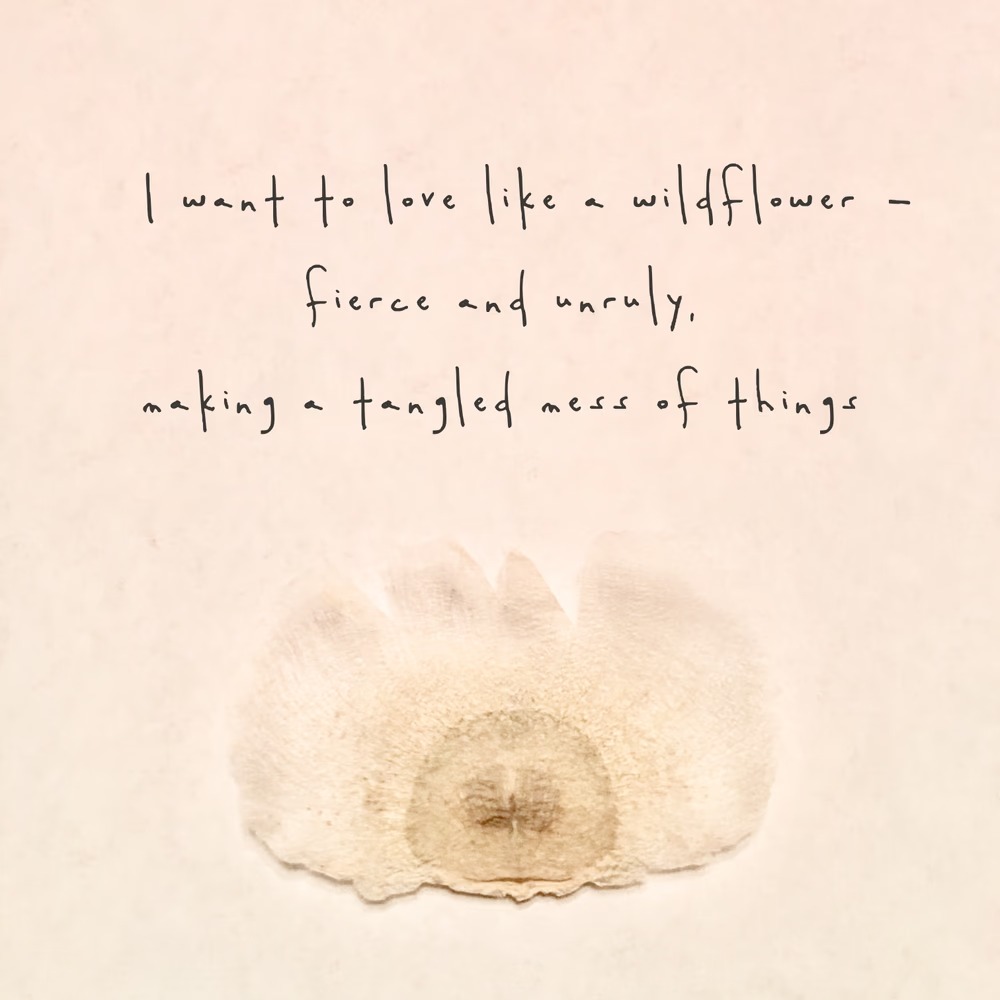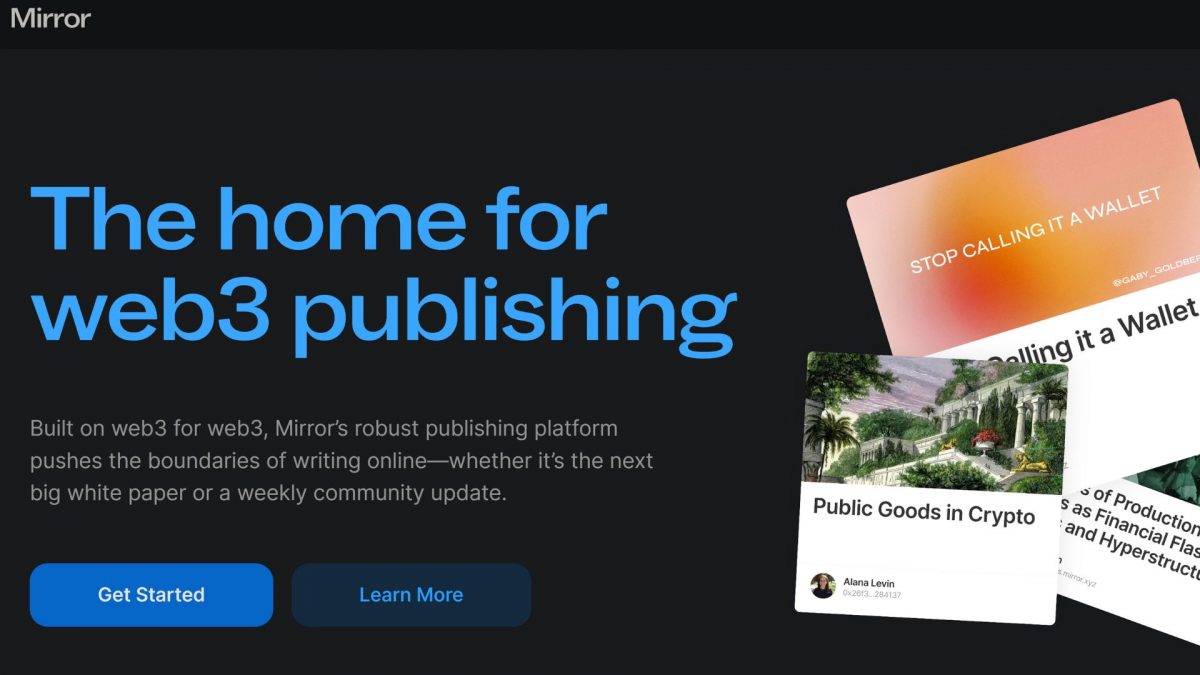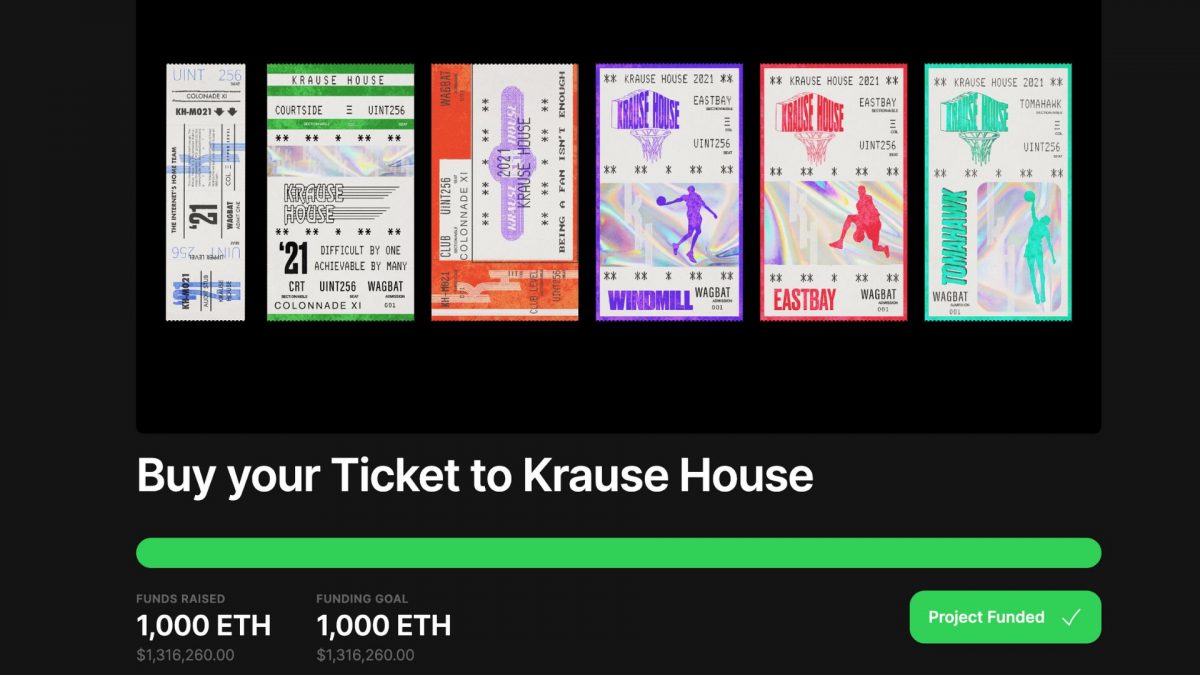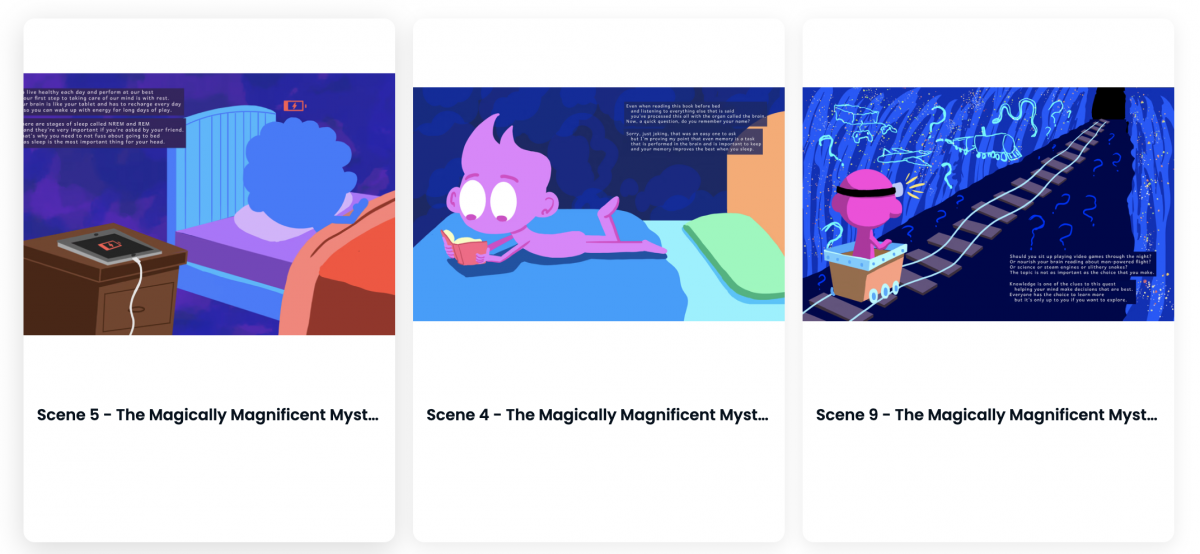Literary NFTs: Here’s How Writers Can Leverage Their Passion in Web3
In the last few years, platforms like Substack have upended the power dynamics of the legacy publishing industry, providing both established and emerging journalists with freedom, access, and uncapped earning power. Now, literary NFTs are adding fuel to this fiery paradigm shift, opening the door for unprecedented levels of collaboration, direct connection, and value creation between writers and their audiences.
While traditional publishing will never disappear, the power imbalance between creators and publishers will. This article will guide you through the basics of literary NFTs, including the potential benefits and downsides, use cases, pricing, community building, and copyright.
First, let’s start with a definition.
What is a Literary NFT?
A literary NFT is a digital literary work (a book, poem, or article) minted directly to the blockchain as a non-fungible token. The beauty of literary NFTs lies in their versatility. NFTs can showcase a written work, act as a digital collectible, or serve as a key to an exclusive fan community. Some creators may even release individual NFTs of fictional literary characters.
While still in its infancy, plenty of literary NFT projects have popped up in the last year from independent and well-established creators. EtherPoems released one of the first collections of on-chain poetry, and TheVerseVerse regularly mints the work of crypto-native poets like Sasha Stiles and Ana Maria Caballero. Neil Strauss minted the first major decentralized book, providing one random reader with the copyright. Kalen Iwamoto is pioneering the intersection between crypto-native writing and art. Cretokia is bringing it all together by building a new world and marketplace for publishers, authors, creators, and collections.

While the benefits are already visible as Web3 adoption increases, literary NFTs are positioned to become an integral part of any writer’s marketing, crowdfunding, and community-building strategies.
The benefits of NFTs for Writers
Like the art and fashion industries, the legacy publishing industry is controlled by power-hungry centralized middlemen. In exchange for providing upstart funding and distribution channels, traditional publishers have complete control over the value chain. NFTs upend this system, bypassing the publishers altogether and providing writers with more creative freedom, flexibility, and earning power than ever before.
So follow along.
Creative Control and Fan Connection:
Writers, like all creatives, long for the freedom and uncensored ability to express their ideas as they see fit. But in many writer-publisher relationships, the publisher often has a strong hand, or even the final say, in creative input. By publishing directly to their audience, writers can avoid these creative gatekeepers and retain full creative control of their work.
Going direct to the audience also provides creators with a layer of utility, access, and authentic fan connection, unlike anything we’ve seen before. Ultimately, it’s up to the creators what type of perks they want to provide their NFT holders. Some NFTs can grant owners personal access to the creator, while others can serve as a ticket to an exclusive fan community or exclusive book signings.
Some creators even give their audience a say in the direction of the work through the use of on and off-chain voting proposals. This has further opened up a market for community-generative content where NFT holders can dictate the creative direction of the work and sometimes even add directly to the work themselves. A thriving example is The Writer’s Room from Jenkins the Valet and Tally Labs, which have partnered with Neil Strauss, a 10-time best-selling author and first mover in literary NFTs, to create the first community-generative book that will be sold to the public as its own NFT.
The opportunity for community-wide creative voting rights has built one of the most loyal, passionate, and tight-knit communities in the NFT space. With only 80 of the total minted 6,942 Writer’s Room NFTs listed for sale, it’s evident that the community wholeheartedly believes in the project and is determined to make it succeed.
Unlockable Content:
A major aspect of NFTs is the ability for creators to add unlockable content. This is specifically relevant for literary NFTs as now, instead of minting a block of plain text, creators have the freedom and flexibility to experiment with using different media forms such as photos, videos, and GIFs for the actual NFT while including the written work as downloadable content in the form of a PDF, .epub, or text file.
It’s good to note that the downloadable content doesn’t need to be text. It can be anything, like an exclusive audio file, a link to an owner’s only live reading, or a collection of work-in-progress titles that didn’t make the cut.
Royalty Structures:
When it comes to earning power, writers have historically gotten the short end of the stick. Due to the vastly misaligned financial incentives of the traditional publishing industry, professional writers are often subject to low salaries and razor-thin royalty percentages, while the publishers and distributors capture the majority of the value. NFTs flip the value chain on its head, allowing creators to earn immediately, directly, and in some situations, consistently.
With smart contracts, writers can earn a cut every time their work is resold. With used book sales accounting for a sizable percentage of the overall book market, the ability to collect royalties on secondary sales unlocks new value chains writers have never seen before.
However, it’s important to note that there are very few writers currently making a full-time living off of literary NFTs. Perhaps it could be done, but the nascent nature of literary NFTs is worth consideration as you approach your broader writing and marketing strategy.
Drawbacks of NFTs and things to consider
As you spend more time in the NFT space, you’ll often hear something like “we’re so early.” While that’s true for all of crypto, it’s a significant downside for literary NFTs.
Most people still don’t know what NFTs are, and even fewer actually own any. Literary NFTs are a blip in the overall market, mainly driven by art and digital collectibles. This limits optionality for both creators and consumers. There are no well-known literary NFT-specific marketplaces and very few “household names” in the literary NFT space. While this is an upside to creators (less competition and first-mover advantage), it’s also a major drawback (fewer sales). A small market for primary sales means even less frequent secondary sales, ultimately removing a key financial driver for creators.
For greater adoption, readability needs to be frictionless and in-platform. Outside of the LIT Project, which is readable in OpenSea, there are no in-marketplace or standalone NFT content readers, nor is there integration with existing e-readers like Kindles or iPads. This is also part of the reason many authors opt to include their actual work as unlockable, downloadable content and have the NFT be another form of media like an image or GIF.
Which blockchains you should mint on: the pros and cons
Most creators choose to mint on either the Ethereum or Polygon blockchains. Each has its own selling points around network size, creator spending preferences, consumer spending preferences, security, and community input which we cover in-depth in our guide to minting fashion NFTs. To maximize reach and market size, we recommend starting off on Ethereum as it’s the largest, most secure network. It’s also the entry point for those first getting into the NFT space. But if you want to distribute your work widely, Polygon will likely be much cheaper for both you and the end-user.
How to mint an NFT: platforms and fee structures
Given the size of the literary NFT market, most creators choose to list their work on at least one of the many general NFT marketplaces like OpenSea, Foundation, or Rarible. Each of these marketplaces has built up sizable user bases through multi-sided network effects and provides creators with the highest likelihood of a sale. We cover all you need to know about platform size, minting fees, royalty structures, and copyright authority in-depth in our Top 10 NFT Marketplaces article, so we will spend most of our time here focusing on literary-specific platforms. Regardless of the platform, you’ll need a wallet (we recommend Metamask) and a little bit of ETH to get started.
Mirror: Mirror is by far the most robust offering for independent writers to publish their work to the blockchain, crowdfund projects, and build communities.
On Mirror, all written work is published as an entry, which is essentially a basic blog post. From there, writers can choose to mint their entries as NFT editions, setting their desired price and quantity.

Mirror also offers users the ability to mint a limited supply of entries at fixed pricing tiers, giving them full control over the size and the price. This is a great way to represent tiered rewards or community memberships as an addition to your literary NFT. For example, you could release a total of 351 NFTs across various tiers.
- First Edition, 1/1, 3 ETH
- Rare, 50/50, 0.1 ETH
- Common, 250/250, 0.01 ETH
Although the writing of each entry is the same, owners of each tier will receive different levels of access and utility predetermined by the creator. The first edition commands more value, since it’s treated as the first edition of any literary work.
As of writing, Mirror doesn’t offer unlockable content, so many people use Mirror to mint their writing, instead of another image or video file type (although that option is available too).
Like OpenSea, Mirror uses a process called “lazy minting,” meaning that your work isn’t minted on the blockchain until someone purchases it. This allows for a free listing, limiting any upfront financial risk if your work wasn’t to sell. On the flip side, since your work doesn’t actually live on the blockchain until post-primary purchase, it can not be listed for purchase on any other NFT marketplace until after the first sale. To compensate for this, Mirror offers the ability to embed NFTs into any website. This allows for a unique distribution mechanism that most other NFT platforms do not offer and is a great way to maximize reach.
What really makes Mirror unique is its crowdfunding tool. Think of it like a Web3 GoFundMe. In just a few clicks, anyone can raise funds for an idea or project. In exchange for providing ETH to fund an idea, backers receive a project-specific token, and in some cases backer-specific NFTs, as a reward. This token serves as a “proof of patronage” and can even represent a financial stake in the future success of the idea. Like other NFTs on Mirror, crowdfund blocks can be embedded directly into entries, so that writers can provide a complete picture of their vision, mission, and goals.

This is an excellent way for writers to finance ideas, build upfront community buy-in, and share their stories with the world.
Royalty Structure: Mirror does not currently enable creators to set secondary royalty percentages, since most entries are rarely resold.
Notable Mentions:
As the space continues to mature, a rise in literary NFT-specific marketplaces, platforms, and protocols is likely. To succeed, these platforms need to establish multi-sided network effects. Lit Ether, Sonn3t, and zang.gallery are all exciting projects to keep an eye on and experiment with, although they are still too early to amass a large user base.
Bottom Line: While Mirror has positioned itself as the go-to platform to publish, mint, and crowdfund literary works, it does not have its own marketplace, drastically limiting creator reach and secondary earning power. Outside of entries and crowdfunding (where Mirror excels), when first getting started, many independent creators like Brian Ondrako recommend listing on OpenSea or another major marketplace to ensure the highest likelihood of a sale.
As a self-published author, Ondrako sought a means to spread the word about his new children’s book, according to an interview with nft now. The intriguing nature of the NFT space convinced him to turn his 16-page spreads into NFTs “as a way for true believers to support the project,” he added. “Listing on OpenSea saved me a lot of money upfront since I had no idea of how successful it would be.”

How to sell an NFT: pricing and royalties
Pricing is tough with all NFTs, but it’s especially challenging with literary works. Understandably, pricing is a subjective and personal decision based on a variety of factors like quality, scarcity, utility, and hype. Here are a few questions to consider when starting off with your first project:
What type of NFT are you releasing, and how many?
A great way to command value is to create scarcity and exclusivity. Are you mass distributing a book with unlimited copies? Or are you launching a 1/1 NFT of an early book cover sketch, with an unlockable download link to the PDF of your book, and the right to a physical copy? Consumers will likely treat the single book NFT as any normal physical book, while they may view your early cover art as a unique collectible. The latter will always be more valuable.
What can the owner do with them?
As mentioned earlier, many creators use NFTs as access tokens, granting owners exclusive opportunities like meet and greets, behind-the-scenes content, or access to owner-exclusive merchandise. The higher level of access and opportunity that you provide to your owners, the higher price you may be able to command.
How good is your work?
Let’s face it. While all projects are commendable, some are better than others. However, high quality is often dictated by the market, which defines the financial performance of the work, and thus the right to a higher price tag.
How large is your existing audience?
It’s often easier to charge more when you have an existing audience that is already supportive and familiar with your work. When first starting out, we’d recommend pricing on the lower side and letting your work speak for itself. As you continue to build up a community and drum up some hype around your projects, you’ll likely have the ability to charge more for your work.
How to build a community for your NFT collection
In the NFT world, the community is king. The same goes for writing. Consequently, your audience should always remain the main focus when publishing any sort of written work, especially when launching a literary NFT project. You have to ask who the content is for. Have a clear purpose for your work in mind, and know it makes your reader feel. Crucially, the same considerations apply when building your community, and the best way to build one is to rally people around a goal or mission larger than themselves.
“If your community is built on hype, they’ll leave when that hype isn’t sustained,” said Tally Labs Co-Founder SAFA in an interview with nft now. “We spend time getting to know our members, we’re in Discord frequently, and we’re building a really solid community with a shared vision. As a Founder, being open and transparent with your community is crucial.”
Building a quality community can be achieved through emotional connection, virtual and IRL interaction, co-creation, or a combination of the three. Creating a tight-knit community helps to strengthen personal bonds, becomes a key differentiator of your project, and results in further success of the project and aligned financial incentives for all.
Creative commons and copyright in NFTs
There is an ongoing debate around the “right” way to approach copyright and IP protection in the NFT space. In the literary world, where IP around storytelling and character creation is so important, this discussion is even further amplified. The most liberal form of copyright is Creative Commons Zero (CC0), wherein creators must waive any copyright protection and agree to have their work live completely free in the public domain for use, reuse, or adaptation. From there follow various levels of non-CC0 protection related to commercialization and licensing.

It’s crucial to consider where you want your project to stand, especially for community generative or derivative work. Some relevant questions to ask yourself:
- Do you want to retain full creative control?
- If you release coinciding NFTs for fictional characters, are NFT owners allowed to license out their avatars?
- Can they commercialize their NFTs up to a certain dollar amount, if at all? Can owners build full businesses around their NFTs?
Your answers will have massive implications across pricing, community buy-in, and overall success.
And this is where projects like The Writer’s Room — and NFTs in general — are particularly unique. Thanks to the commercial rights that BAYC grants owners, Jenkins has built an entire business and book around his ape. The project also allows ape holders to license their characters for use in the first Jenkin’s Novel, in exchange for a portion of the book’s proceeds. Tally Labs, who’s betting on the belief that the next generation of fictional household characters will live on the blockchain, plans to replicate this model across the top NFT collections as they venture into additional books, film, audio, and beyond.
“The most famous Web2 media business that most people think of is Disney,” explained SAFA to nft now. “Disney pretty much invented modern copyright law as we know it, and a large portion of their business is built on protecting their IP at all costs and owning everything. This works for them! When BAYC came around and offered commercial rights to holders, an entirely new mindset emerged. Rather than a central party being entrusted to build and own everything, individuals were given the tools to play their part and benefit both themselves and the wider brand.”
“We don’t think this trend is going anywhere anytime soon, and we’ve bet our business on it,” added SAFA. “We believe deeply in handing over amazing IPs to individuals, and harnessing their collective creativity. We will be there the whole time to help guide it and shape the vision, but if the community is driving, then the IP you create will always be reflective of what they want.”
Now that you have a general understanding of what literary NFTs are and how to use them as vehicles for direct distribution and value creation, it’s your turn to rewrite the narrative of Web3 publishing. Your imagination is truly the only limit, and we’re excited to see what you do with it.
The post Literary NFTs: Here’s How Writers Can Leverage Their Passion in Web3 appeared first on nft now.

